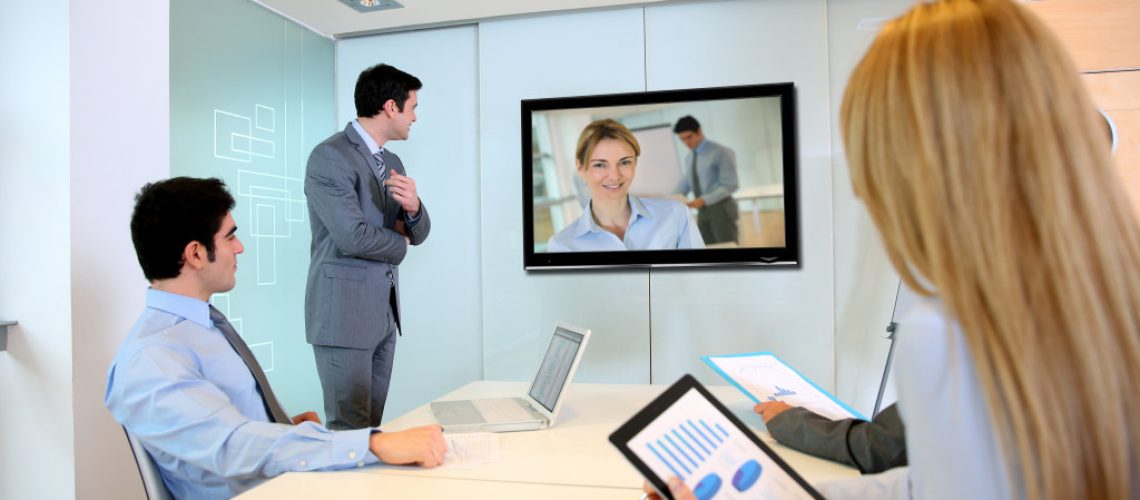Work and home used to have a clear-cut divide, but because of the sudden need to work from home, it’s not so different anymore. One minute we’re preparing our lunch, the next we’re in front of the computer having an online meeting. This back and forth between work and personal life has been quite shocking to some. Not to mention we feel disconnected from our coworkers- the very people we have to collaborate with, due to… well, simply not seeing them.
Our routines that have been developed for years are suddenly thrown off, and performance in both aspects of life drop. Anxieties develop, and we begin to feel lethargic all the time inside our own house. We don’t do our work as well or as efficient anymore. As managers and leaders, we often feel compelled to encourage our staff to do better. But at this point, everyone understands that living amidst a global pandemic isn’t quite so easy. Morale is low across the board, but what can we, as leaders and managers do?
Enter Virtual Team Buildings
In pre-pandemic times, team buildings were utilized to refresh the office when everyone’s feeling burnout after a particularly difficult client or to celebrate success. The current situation has robbed us of this momentary relief and has us feeling stuck in a perpetual bedroom-workspace cycle. However, we can combat this by instilling human interaction at work. Working remotely doesn’t mean working alone, despite the physical distance it has, we still have coworkers to socialize with. It’s important to maintain this connection to maintain team effectiveness and virtual team buildings will help you with that. Here are some ideas.
1. Virtual Water Cooler Discussions
Among the things we look forward to the most, whether we realize it or not, is the water cooler discussions at work. It’s an opportunity to let loose and talk to coworkers as friends, get to talk about their kid in school, or their new hobby. This is one of the things we lost in remote working, but it can still be brought back. You can hold a 30 minute to an hour-long virtual meeting where you can go around and just discuss what’s been happening to everyone’s lives. We used to do it in the office casually, we can still do it despite working remotely.
One way to make this even more fun is to use virtual backgrounds- choose the fun and non-sequitur ones, or ones that can generate a fun discussion. Checking on each other is crucial at a time like this since we should all be supporting each other.
2. House Tour/ Hobby Tour
We’ve always been curious about what our coworker’s house looks like, and this is an opportunity to satisfy that. Staff can show off a part of their house that is of particular relevance or interest to them; perhaps a patio that’s currently being built and what they plan with it, or their hobby room filled with their collection. It’s a great way to connect on a personal level as it belies the formal nature of ‘online meeting’, and associates it with something more open and creative- something that they’ll hopefully carry on to their regular work.
Each staff can be given 5 to 10 minutes to show off their house or hobby, and another 5 minutes to answer any questions by their coworkers. An hour or so should be enough to feature some staff and keep the rest excited for their turn.
3. Cook with Me
There used to be moments when a coworker would bring a homecooked meal to share with others. This was seen as a gesture of camaraderie, and while we can’t really do this anymore, we can do something quite similar to it.
Hosting a ‘cooking show’ can be quite fun, as it allows colleagues to take a look at a moment where defenses tend to be lowered. This can bring lighthearted and casual discussions that will alleviate any built-up stress.
This can be achieved over a course of few days, or on special Friday meetings where nothing much is discussed. 15 minutes to 45 minutes should be enough for one person, with lots of chatter in between.
Intervention

There will be some instances that you have to intervene as a leader. If you see an employee struggling and the situation calls for more serious and professional help, it may be time to suggest a therapist or a mental health clinic. Many offer virtual counseling that is apt in our current situation. While this is rather uncommon, it’s not rare either. As responsible leaders, the well-being of our staff should always be first on our list, and that includes their mental well-being.
Mental wellness and employee satisfaction have proven time and again that it contributes to company productivity. Perhaps it’s vital to a company’s survival, especially in these difficult times we live in.

